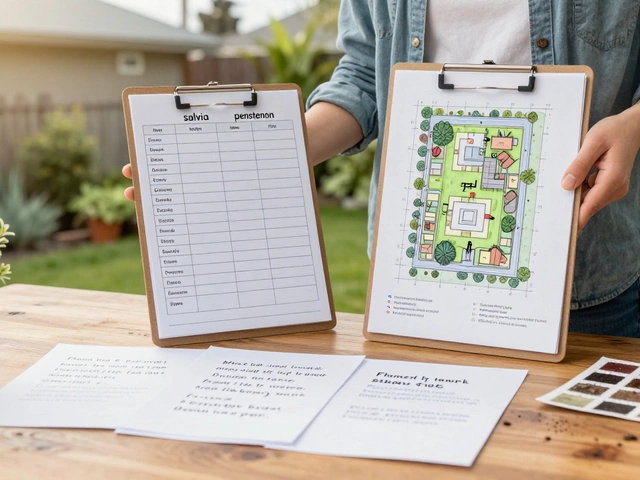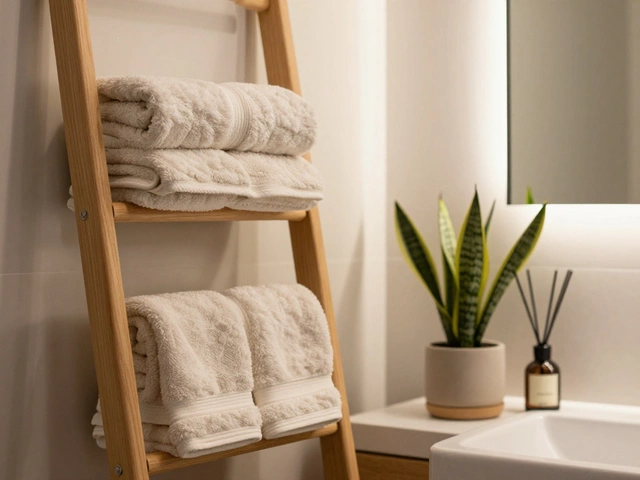Renovation Steps
When tackling renovation steps, the ordered actions you take to transform a space from outdated to fresh. Also known as remodeling process, it guides every homeowner through planning, budgeting, and execution. Successful projects also lean on home improvement, the broader practice of fixing, upgrading, or expanding a residence, and on DIY projects, hands‑on tasks you can do yourself without hiring pros. Finally, interior design, the art of arranging colors, furniture, and finishes for style and function often shapes each decision.
Why a Clear Step‑by‑Step Plan Matters
A solid set of renovation steps renovation steps does three things. First, it encompasses planning, material selection, and finishing touches, giving you a roadmap that keeps the project moving forward. Second, it requires budgeting and timeline management, so you avoid surprise costs and delays. Third, it reduces risk by forcing you to think through permits, safety, and structural concerns before any hammer swings. When you line up these actions, you’ll notice fewer headaches and a smoother transformation.
Every renovation step is linked to a specific skill or tool. For example, the planning phase often calls for floor‑plan software or simple graph paper sketches. Material selection leans on knowledge of paint finishes, flooring durability, and hardware quality. Finally, the finishing stage benefits from an eye for lighting balance and color coordination, which is where interior design principles really shine. By matching the right tool to each step, you keep costs low and results high.
Homeowners who blend DIY projects with professional help get the best of both worlds. Tackling demolition, sanding, or simple paint jobs yourself slashes labor expenses, while hiring specialists for plumbing or electrical work ensures safety and code compliance. This hybrid approach is especially valuable for budget remodeling, where every pound counts. It also gives you a deeper connection to the space—you’re literally building the environment you’ll live in.
Interior design doesn’t just sit at the end of the process; it influences decisions from the start. Choosing a color palette early can dictate which flooring or backsplash works best, while a clear vision of furniture layout helps you avoid costly structural changes later. When design ideas drive the renovation steps, you end up with a space that feels intentional rather than patched together.
Below you’ll find a curated collection of guides that walk you through each phase—budget planning, material buying, DIY tricks, and finishing touches. Dive in to see how the right renovation steps can turn a tired room into a fresh, functional haven without breaking the bank.
Bathroom Renovation Order: What Comes First (and Why It Matters)
Wondering where to start with your bathroom renovation? This guide breaks down the step-by-step order to tackle a bathroom remodel, so you avoid common mistakes and wasted time. Learn why getting the order right is key for both DIY and professional projects. Included are tips most pros never share, from what surfaces should be protected first to when you should schedule the plumber. Avoid headaches and keep your project on track.
full article




